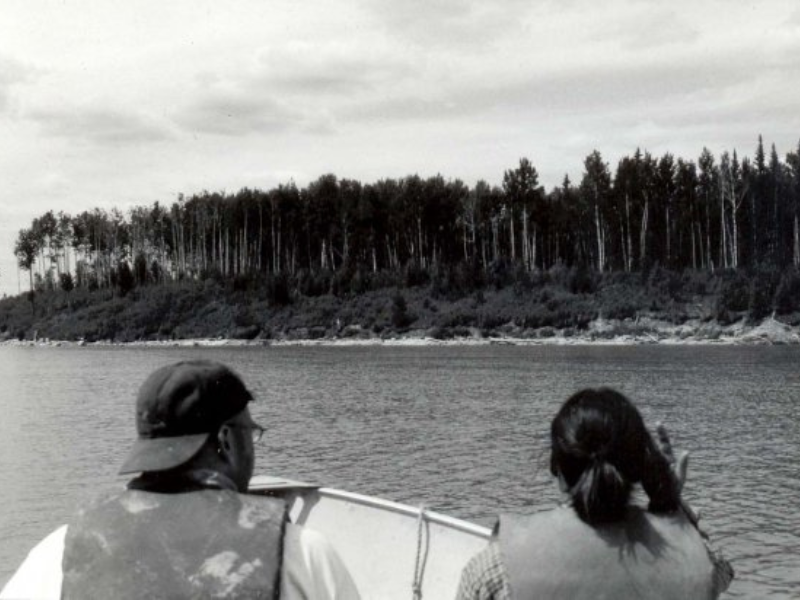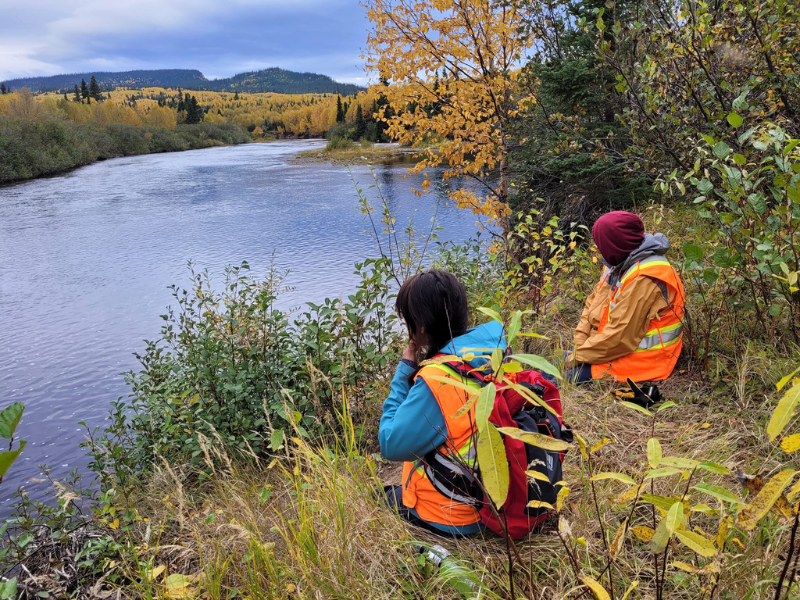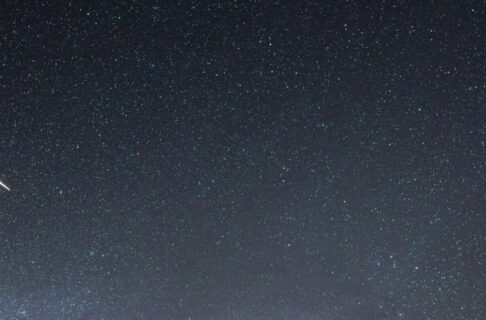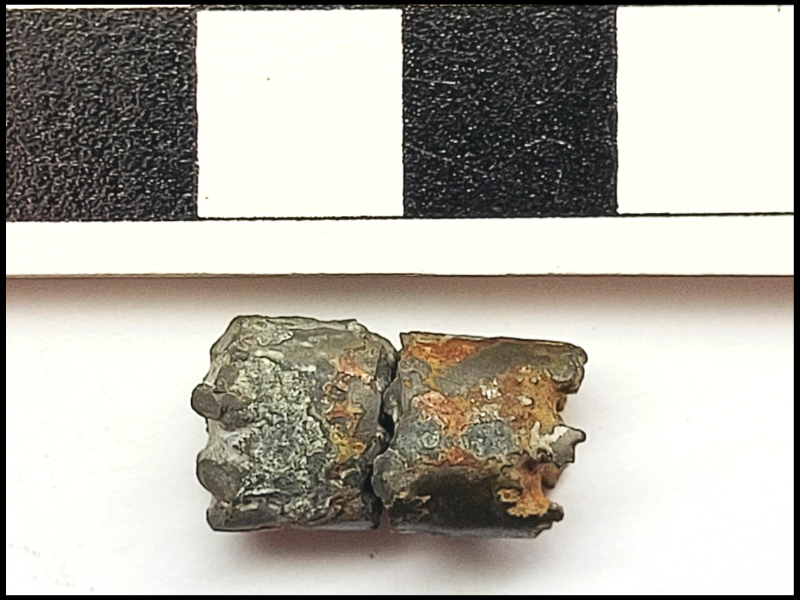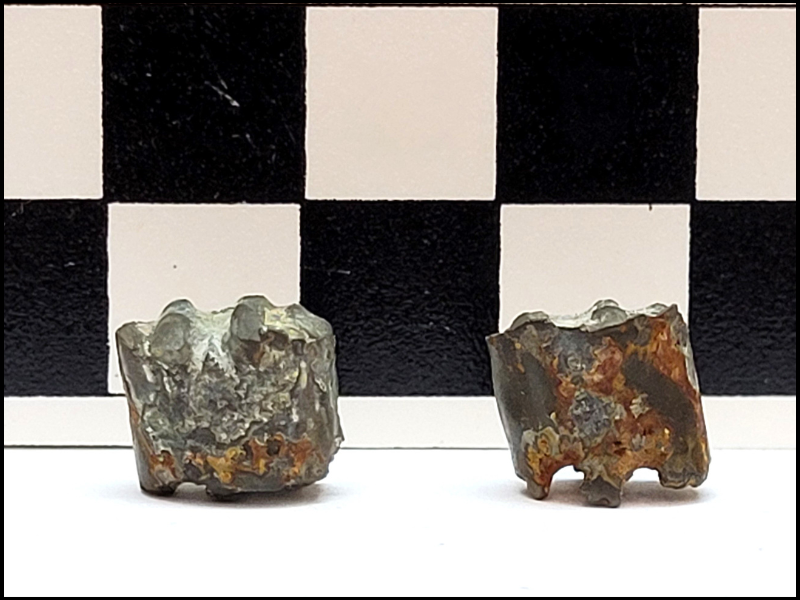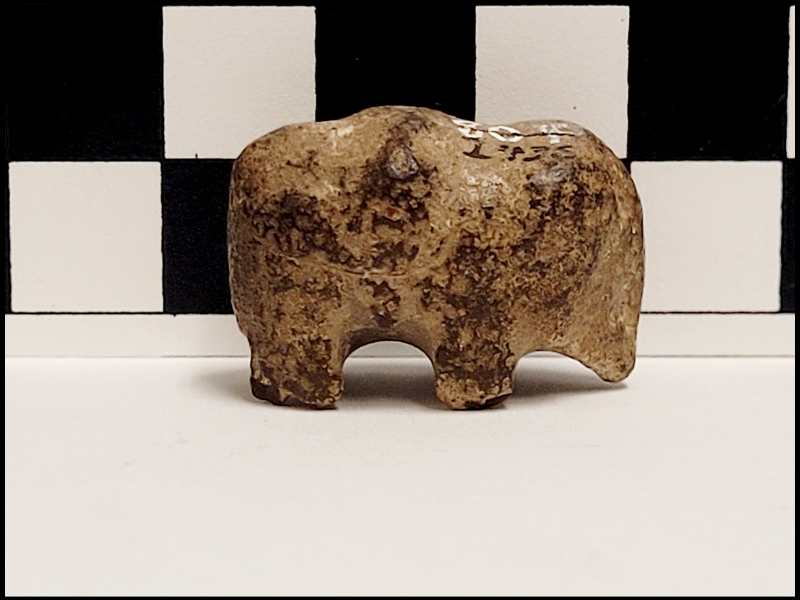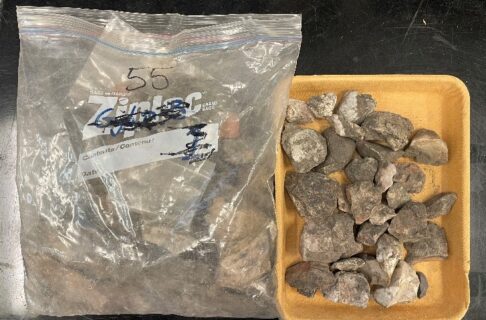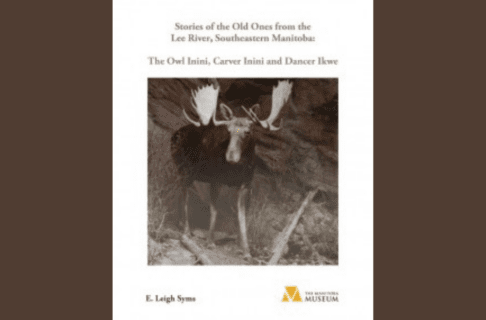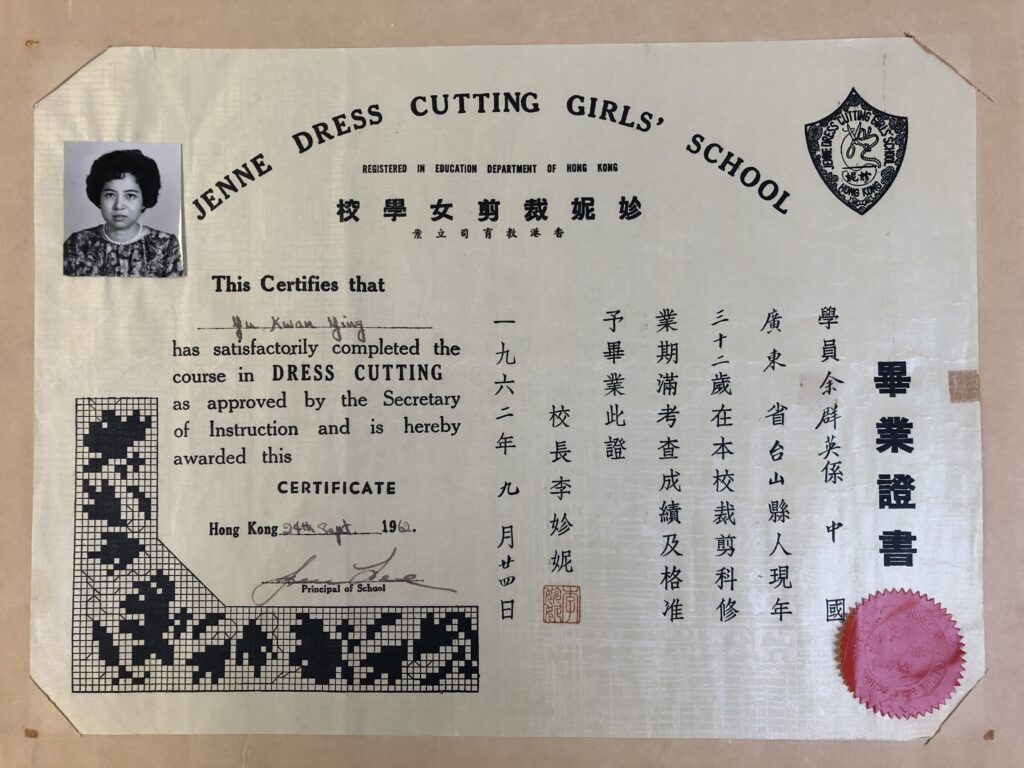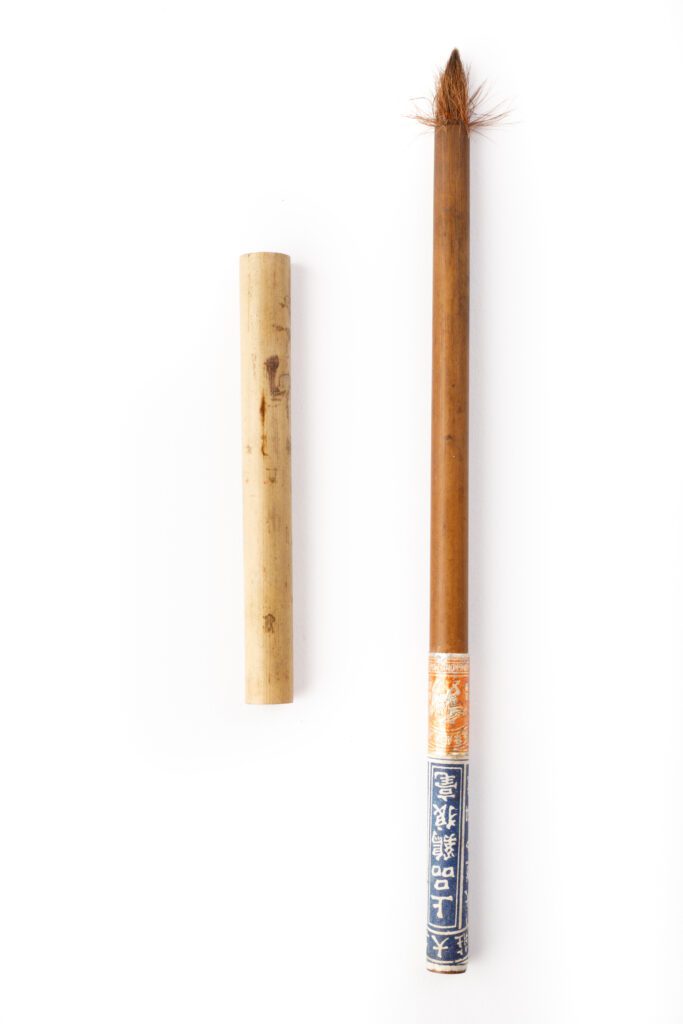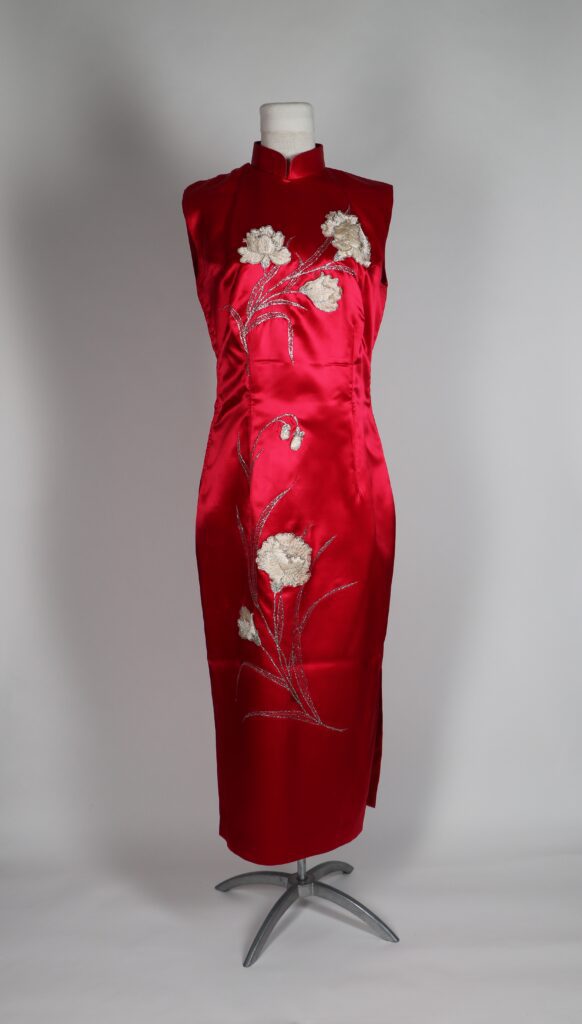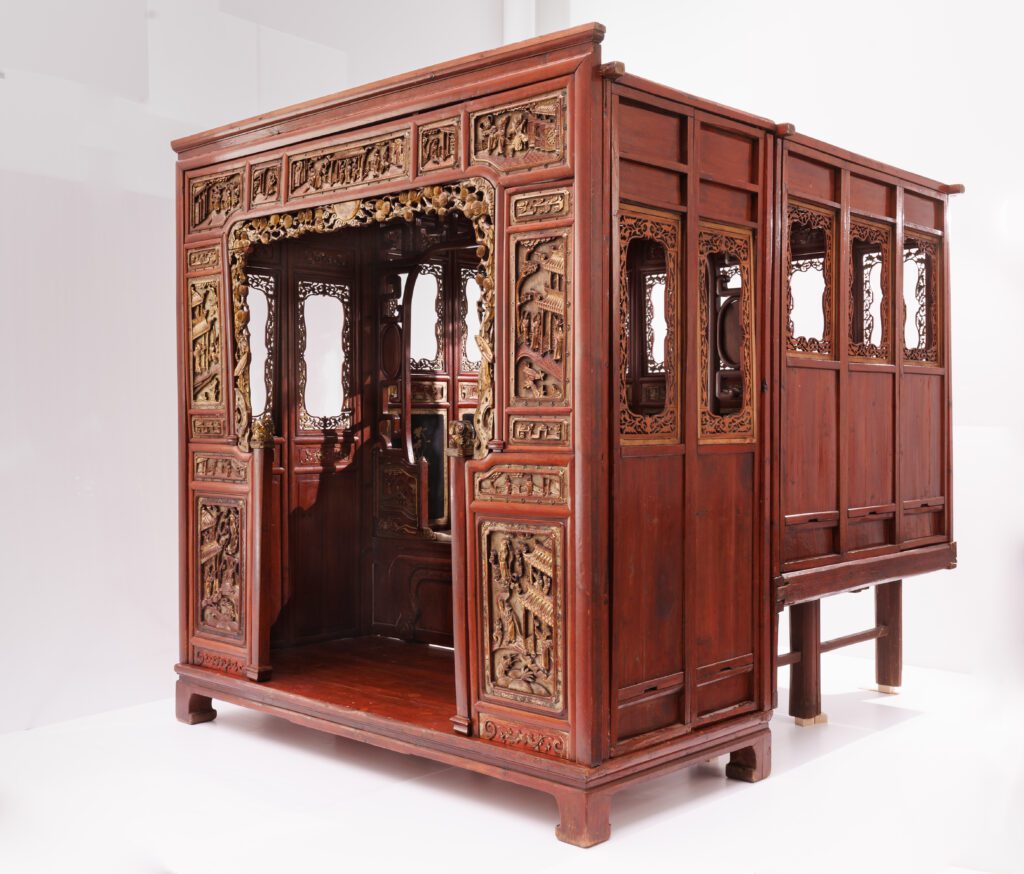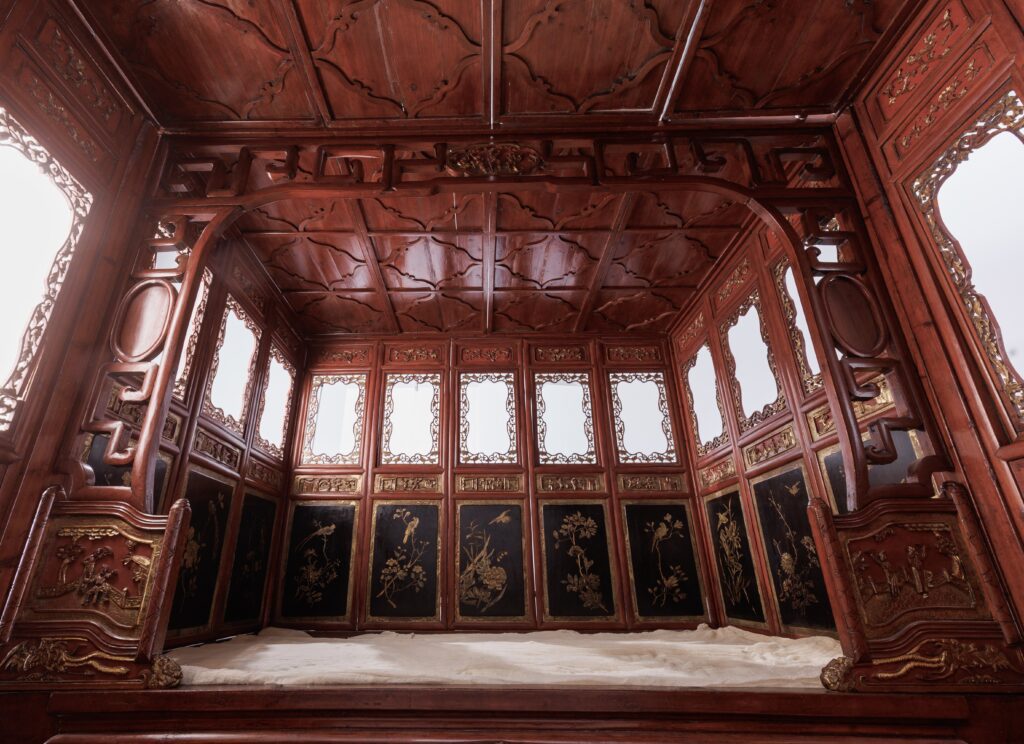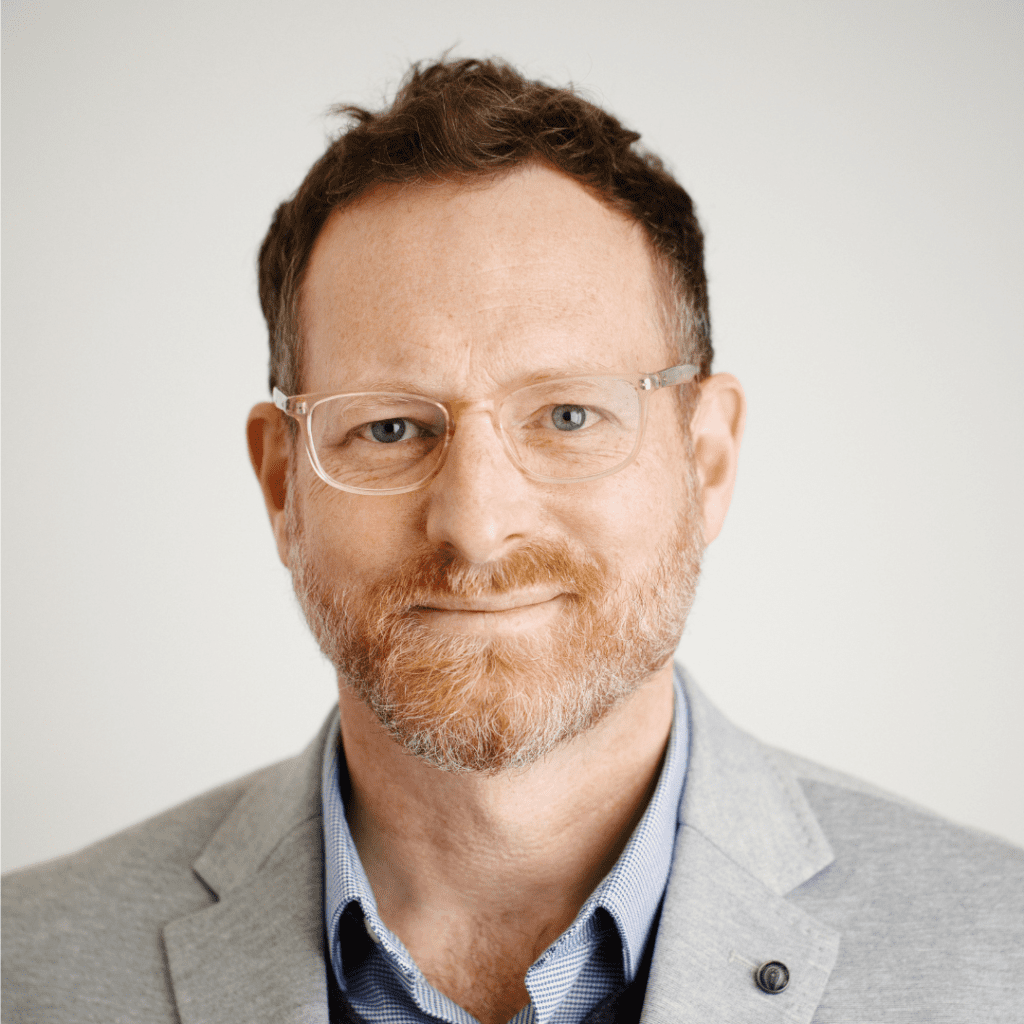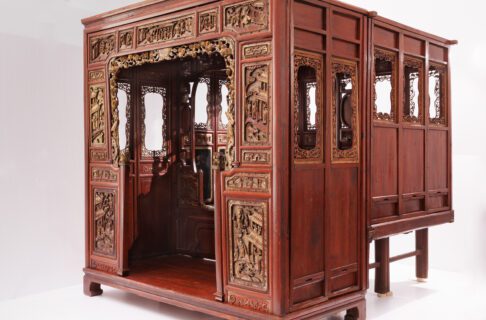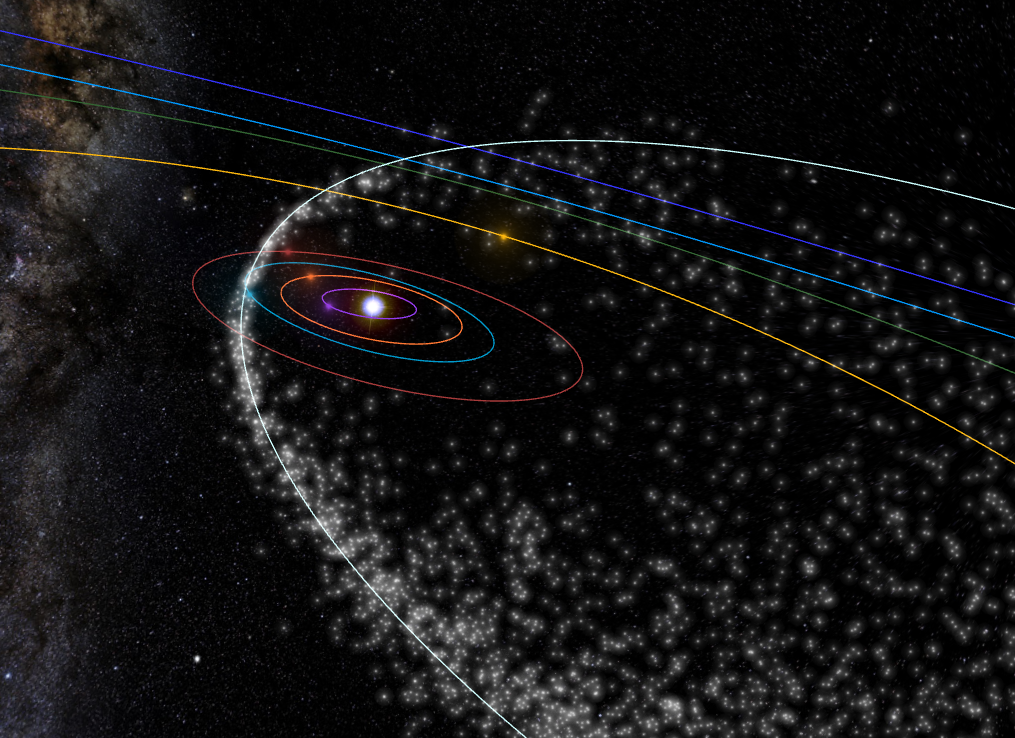So, most meteor showers don’t produce many meteors; that’s the bad news. The good news is, the Perseids in August is one of them, which makes them probably the most famous meteor shower of all. And, in 2024 the Moon will be out of the sky during the crucial morning hours. If you can get away from city lights under a clear, dark sky, you might see up to 60 meteors an hour – one a minute – in the early morning hours of August 12.
That’s pretty specific timing, but luckily the Perseids “dust bunny” is more than one day wide. The Earth actually enters the outer edge of it in late July, and each morning the rates will increase until the peak on the 11th-12th. So, we have several chances to see a decent Perseids display this year.
The key point to remember is that all meteor showers are best between about 1:30 a.m. and 5 a.m. local time. Pre-midnight observing might be 1/10 or less of the morning rates. Really, you have to stay up all night to see this.
To get the best view, get as far away from city lights as practical, and set up a reclining lawn chair or blanket so you can lean back and see as much of the sky as possible. Keep all the lights around you off, especially if you are in a park of other spot with other observers. One peek at your phone will shut off the natural night vision of your eyes for up to ten minutes, so you really need to avoid looking at any lights. (If you need to keep your car running, cover the headlights with a blanket or something so you don’t blast the whole park with your lights!) If you have any lights nearby, put them behind you out of your view, and just watch the sky. You don’t need a telescope or binoculars – in fact, those instruments restrict your field of view so much that you probably won’t see any meteors through them at all. The meteors can appear anywhere in the sky, and they only last a second or two – literally, don’t blink or you can miss them.






